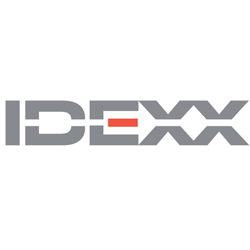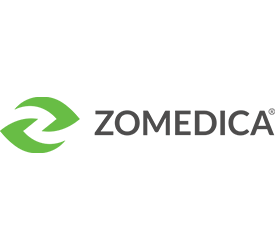Feline Hyperaldosteronism
The adrenal gland is the primary producer of the hormone aldosterone, which is responsible in part for sodium and potassium homeostasis. Feline primary hyperaldosteronism (PHA) is most commonly caused by a unilateral adrenocortical adenoma, with malignant adenocarcinomas reported less commonly.76
Cats with PHA are typically middle-aged to older cats. Presenting signs are typical of increased potassium loss/hypokalemia and retained sodium. Hypokalemia, usually less than 3 mEq/L, will lead to progressive muscle weakness. The owner may notice reluctance to jump, abnormal gait (plantigrade stance), lethargy, or cervical ventroflexion. Because the cats are considered mature to senior, owners often perceive clinical signs to be normal aging changes. Sudden blindness due to retinal detachment is a consequence of persistent systemic hypertension (SHT) and may or may not be noticed by the owner. Hypertension before this catastrophic stage may cause nonspecific changes in behavior such as lethargy, hiding, and irritability.
Physical examination findings in cats with PHA may be related to hypokalemia, systemic hypertension, or both. Muscle weakness and atrophy may be present. Chronic kidney disease (CKD) is a frequent comorbidity and can exacerbate the clinical impact of PHA. Minimum database and Doppler blood pressure measurement should be performed on cats with suspected PHA. Diagnostic imaging with abdominal ultrasound (or cross-sectional imaging) may reveal an adrenal mass. Ultrasound evaluation may reveal a unilateral adrenal mass, up to 5 cm in diameter, but in some cases the adrenal glands may appear normal.77 Plasma aldosterone testing is currently the most readily available and reliable laboratory diagnostic tool, and a single very high value may be confirmatory. More complex testing may be needed in equivocal cases. Blood and urine changes consistent with CKD may also be present and must be addressed.
Confirmation of unilateral or bilateral disease is important, as it will influence treatment decisions.74 Surgical removal of the affected adrenal gland is the treatment of choice for unilateral disease but may not always be an option.78 Affected cats need to be stabilized medically before surgical intervention. Medical treatment is focused on resolution of the hypokalemia and SHT. Potassium supplementation, usually with potassium gluconate, is necessary, and higher-than-standard doses may be required to restore normal serum potassium concentrations. The aldosterone receptor blocker spironolactone at 1–2 mg/kg given twice daily should be used to help control hypokalemia. SHT must be corrected. Amlodipine administered at 0.625–1.25 mg per cat per day is an effective and affordable calcium channel blocker that is frequently used for SHT.
TABLE 10
Key Factors in Managing Feline Primary Hyperaldosteronism
Download PDF
| Presentation |
|
| Therapeutic Recommendations |
|
| Diagnostic Red Flags for Hyperaldosteronism |
|
| Take-Home Messages for Practice Team Members |
|
PHA, primary hyperaldosteronism.








